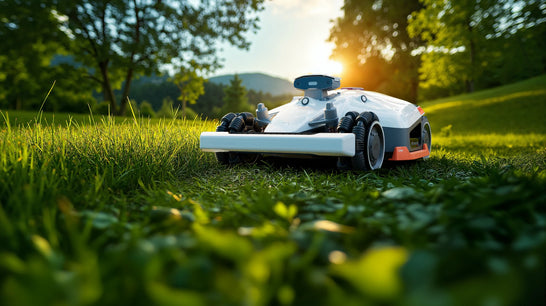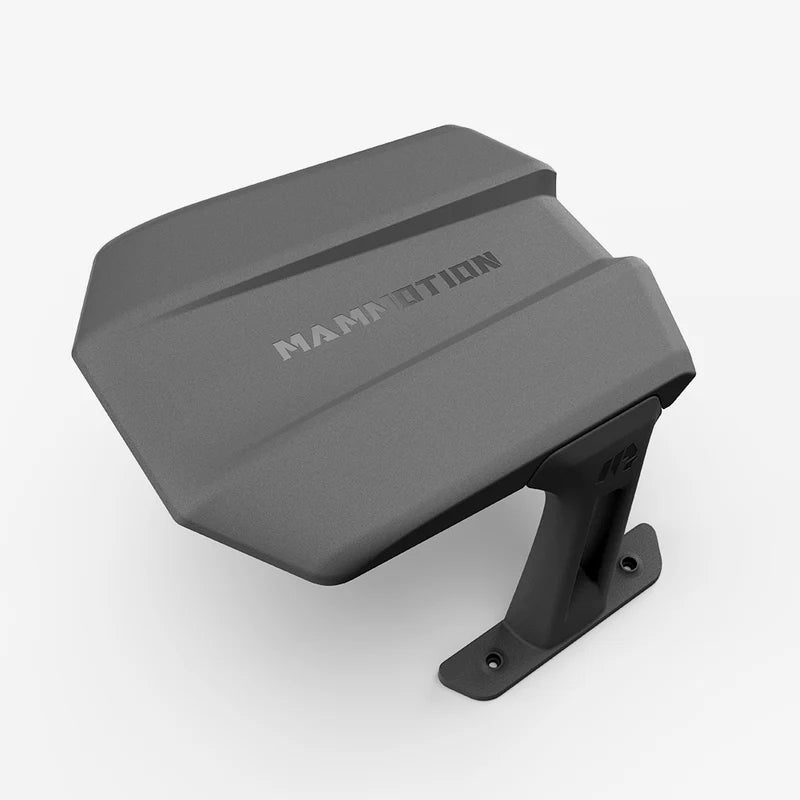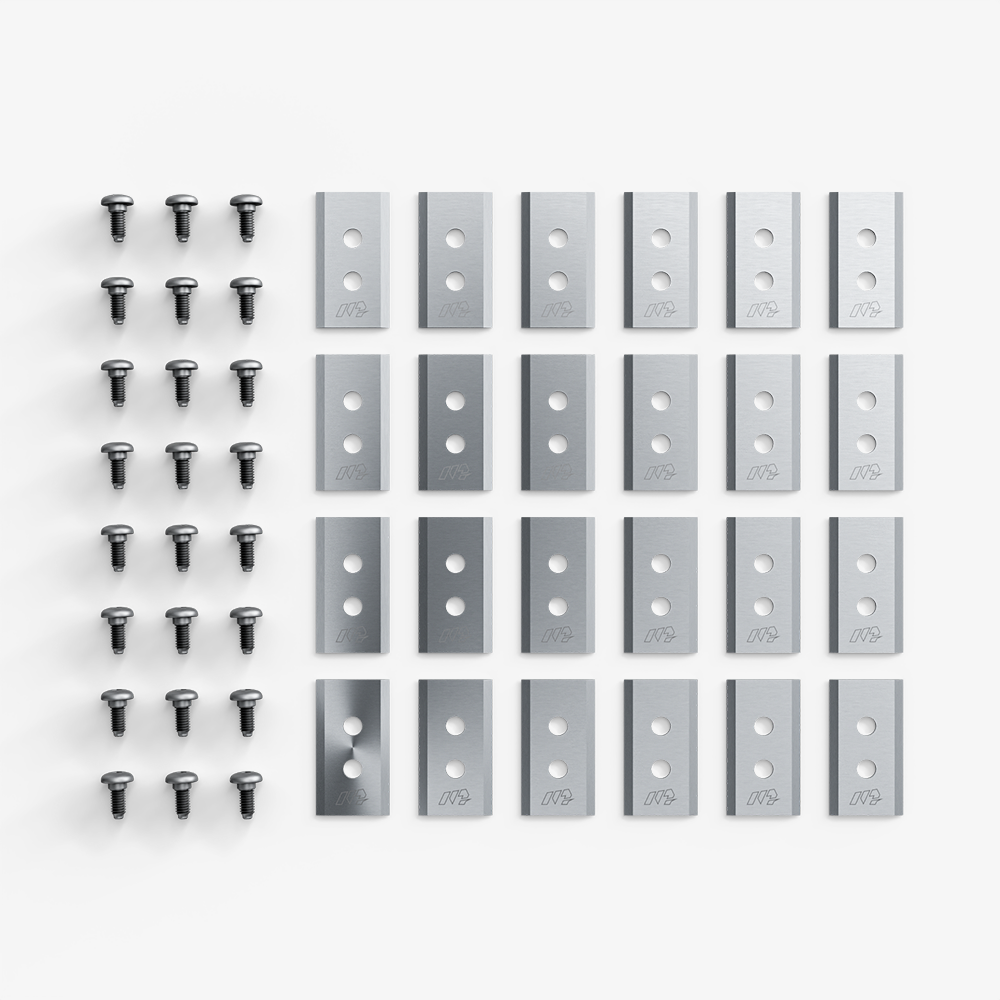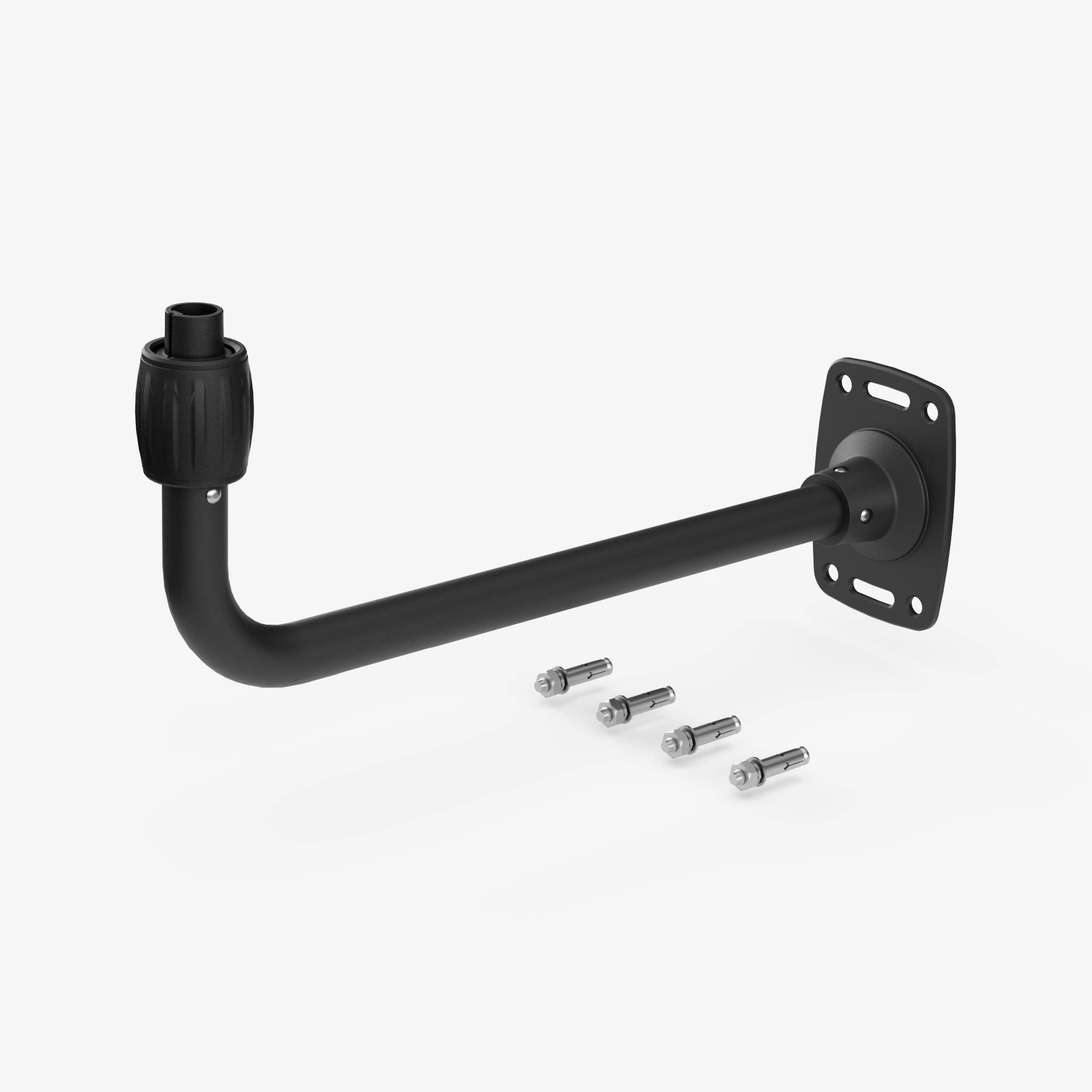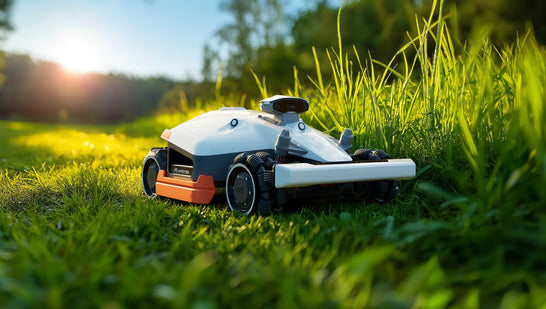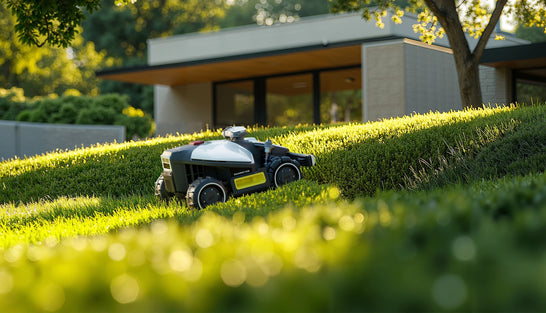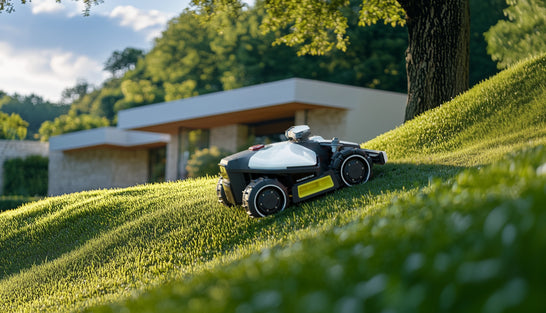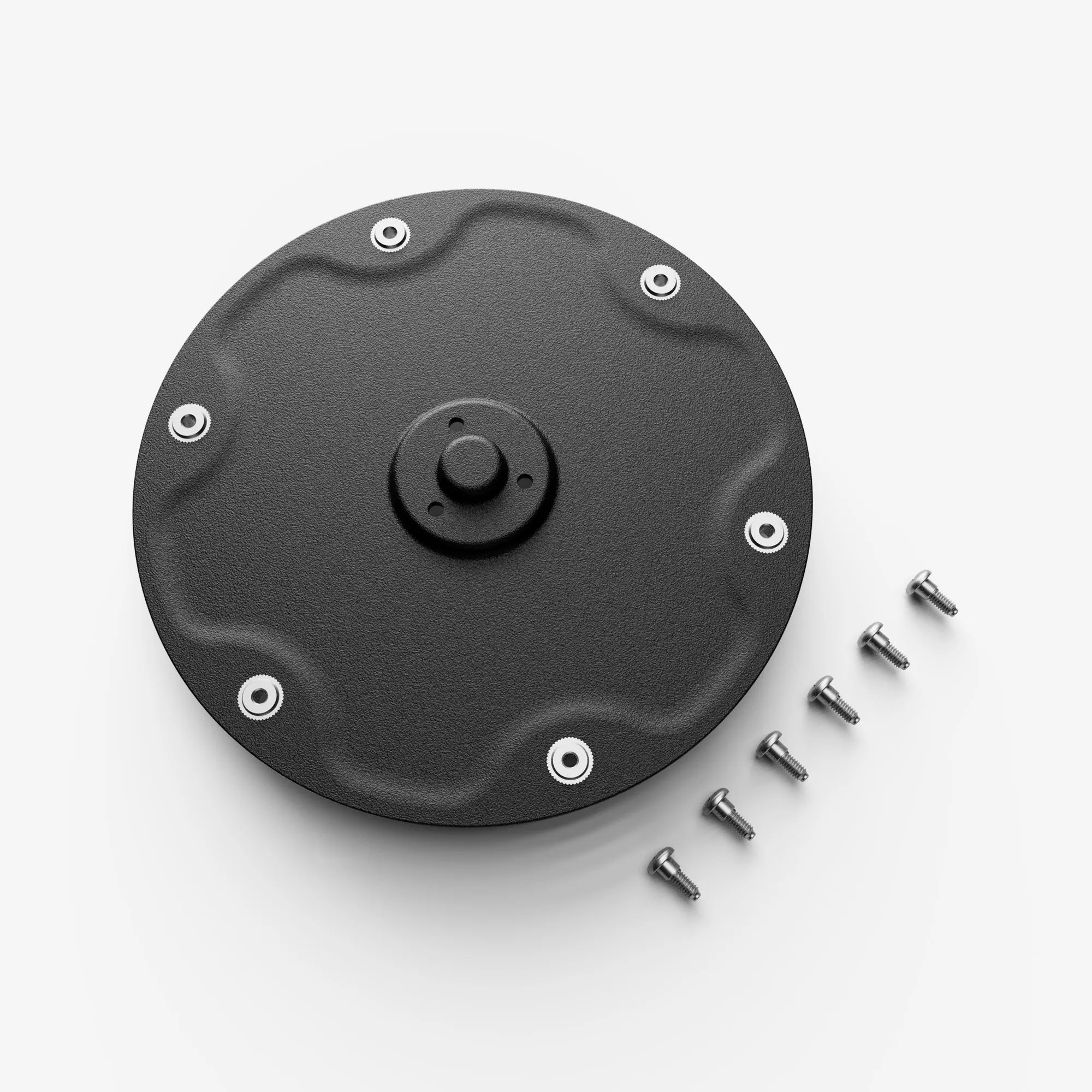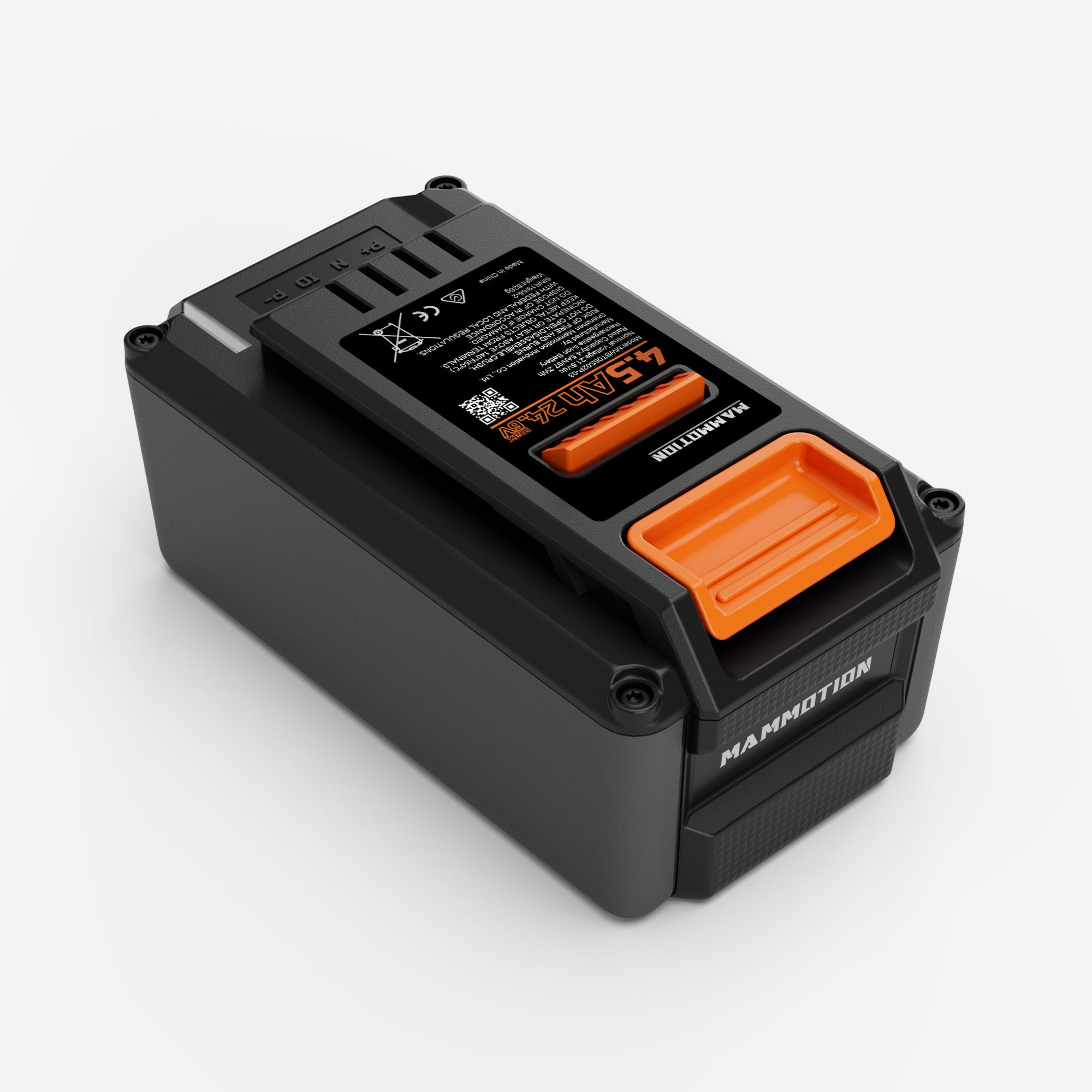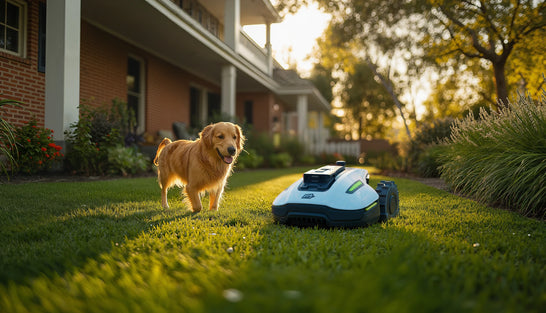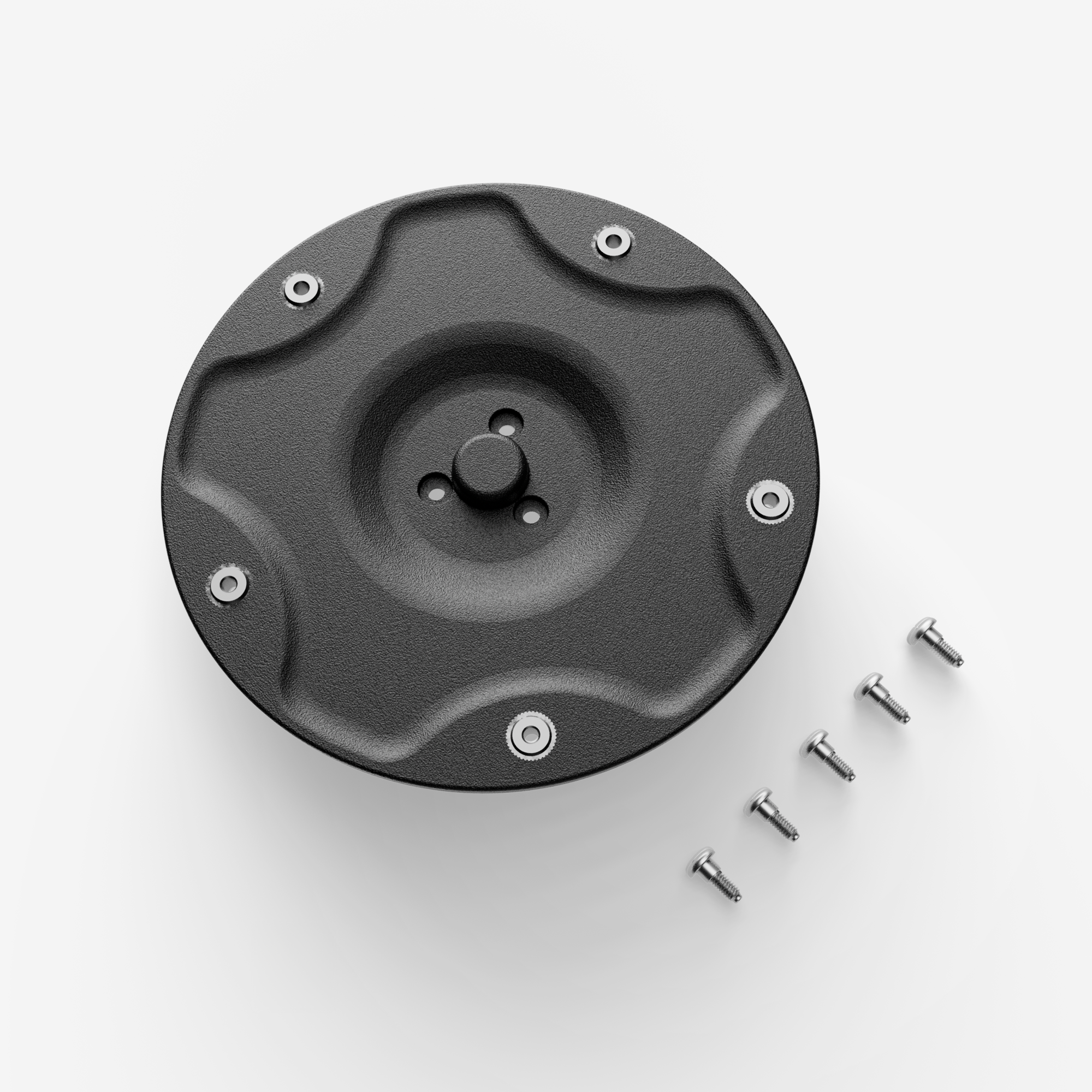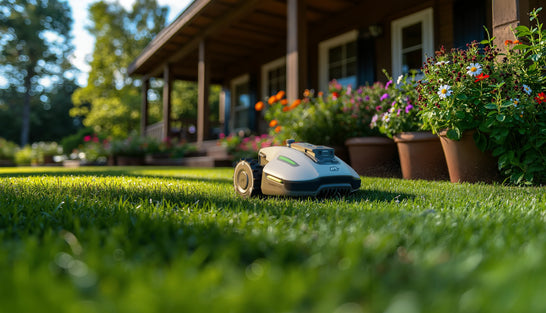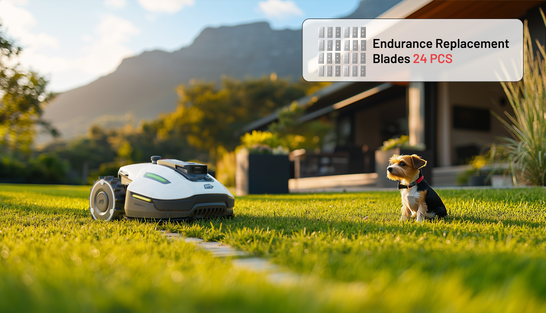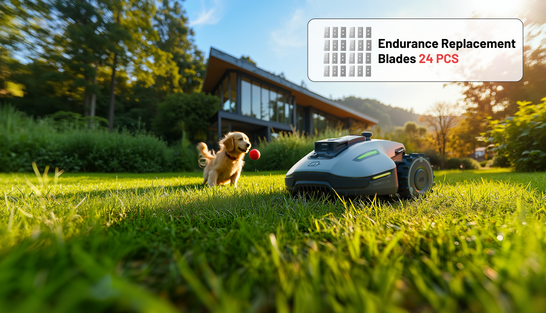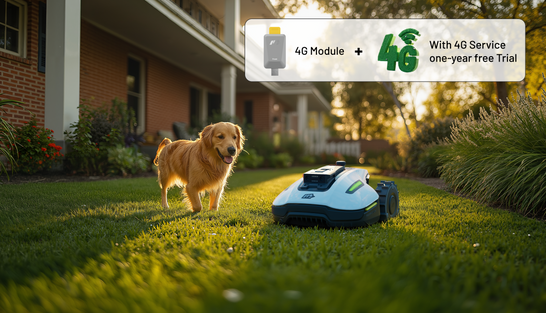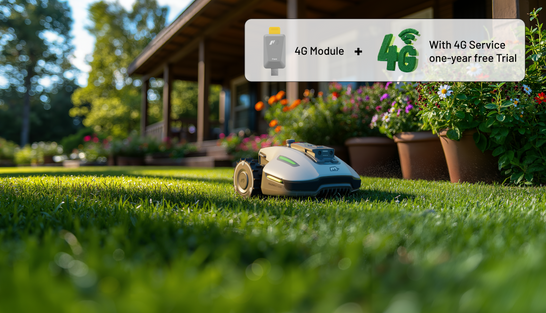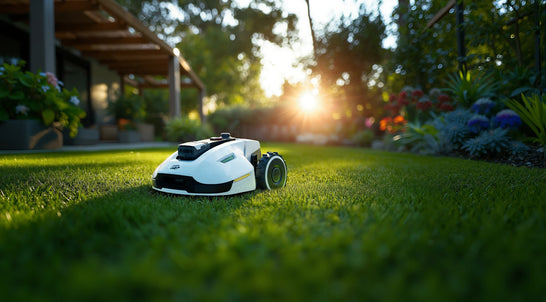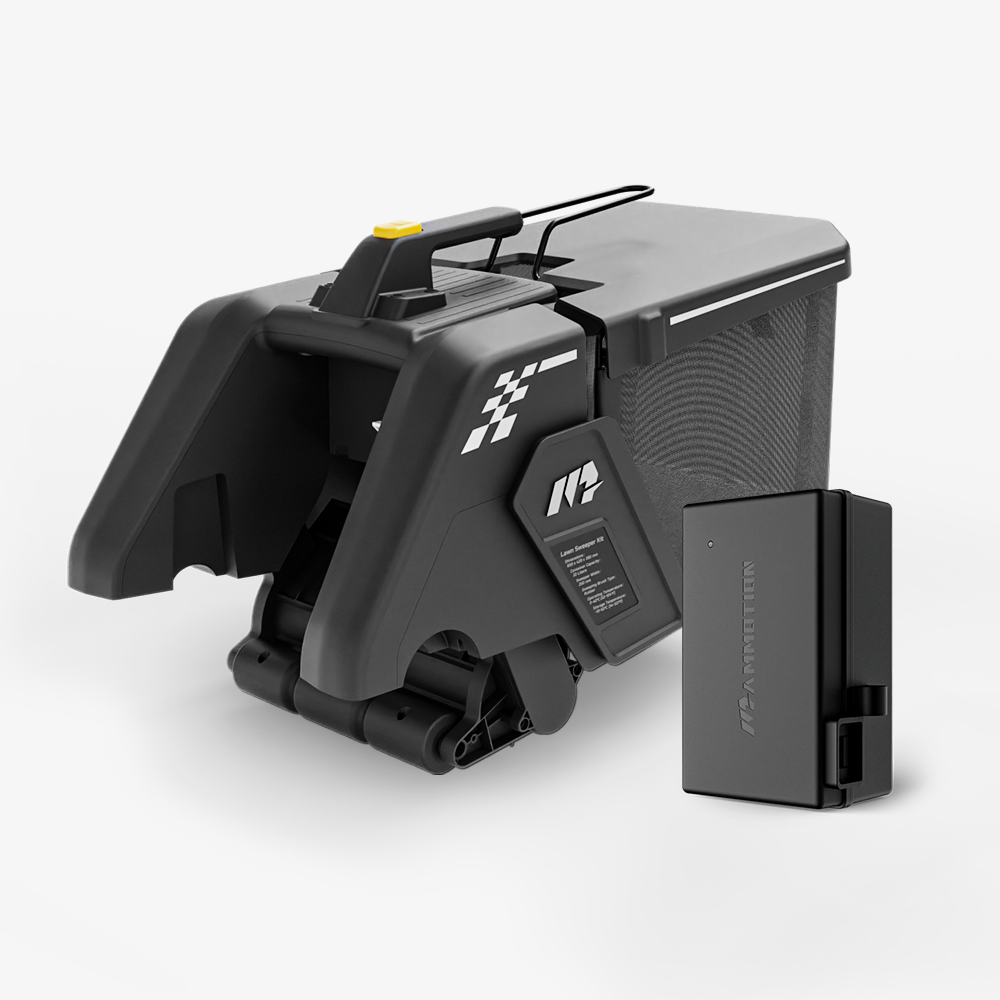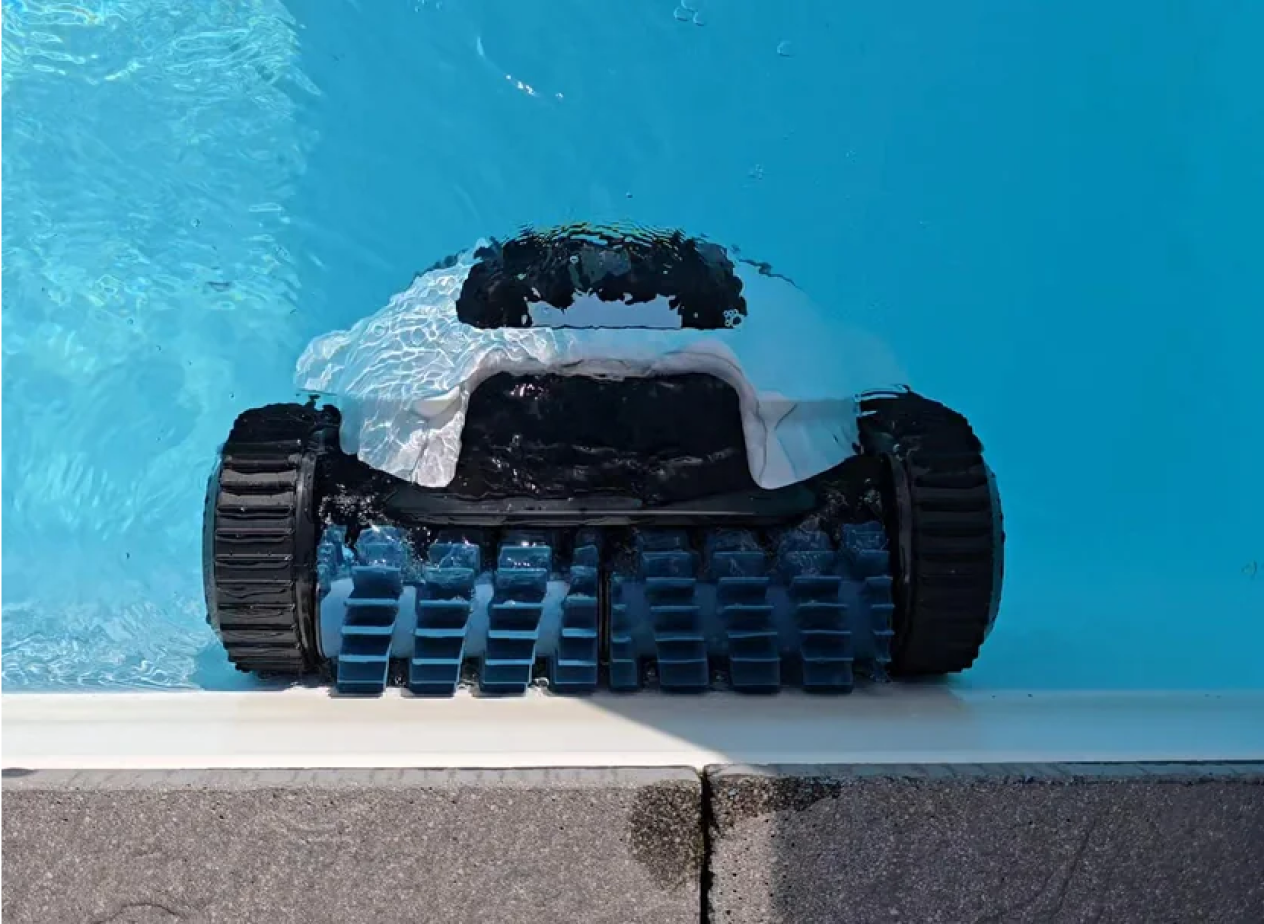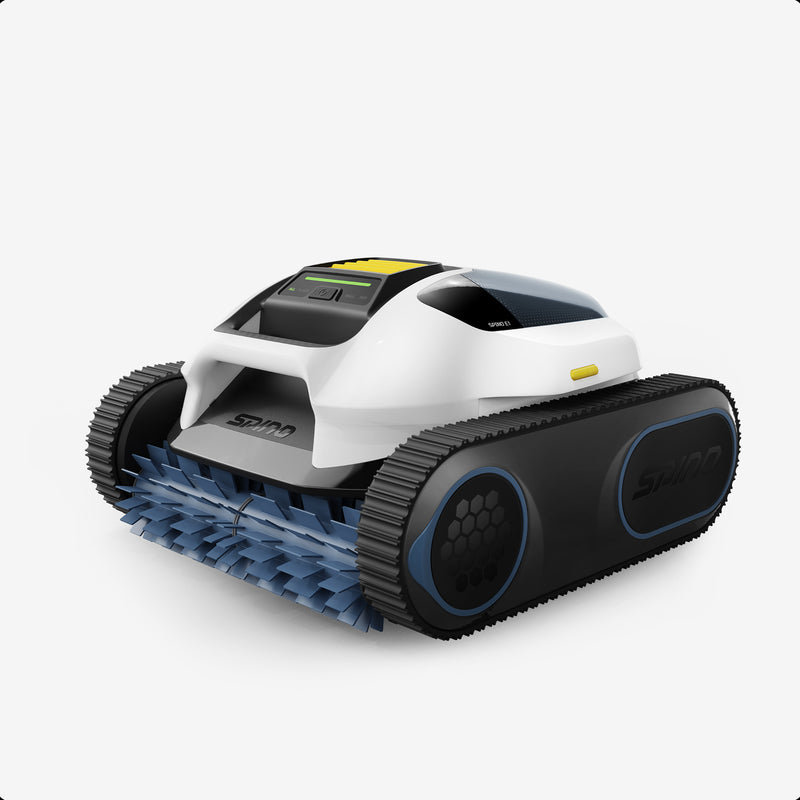When it comes to keeping your pool sparkling clean, choosing the right type of automatic pool cleaner can make all the difference—not just in cleanliness, but also in cost, effort, and long-term maintenance. Two of the most common types on the market today are robotic pool cleaners and pressure-side pool cleaners. While they both automate the cleaning process, their mechanisms, efficiency, and overall user experience differ significantly.
If you're unsure which one is best for your specific pool setup, you're not alone. Many pool owners face the same dilemma, especially when balancing factors like energy usage, debris type, ease of use, and upfront vs. ongoing costs.
In this guide, we’ll dive into a detailed comparison of robotic pool cleaners and pressure-side pool cleaners—what they do, how they work, where they excel, and which type might suit your needs best in 2025 and beyond.
How Robotic and Pressure Side Pool Cleaners Work?
Before choosing between a robotic or pressure-side pool cleaner, it’s essential to understand how each operates—because the technology behind them affects everything from cleaning performance to energy efficiency.
Robotic pool cleaners:
They are independent, plug-in devices that operate separately from your pool’s filtration system. Powered by low-voltage electricity, they contain their own motors, internal filtration systems, and smart navigation software. Once dropped into the pool, they actively scan the surface, scrub the walls, floors, and even the waterline, collecting debris into a built-in canister. Some advanced models also connect to mobile apps for scheduling and performance monitoring.
Pressure-side pool cleaners:
In contrast, they rely on your pool’s existing return jets or a dedicated booster pump. Rather than scrubbing surfaces, these cleaners move with the force of water pressure, stirring debris into their filter bag. They’re typically better at handling larger debris like leaves or acorns, but lack the fine filtration or smart navigation capabilities of robotic units.
The way each system works directly impacts cleaning coverage, operating costs, and the level of user involvement—topics we’ll explore next.
Robotic vs. Pressure-Side Pool Cleaners: Quick Comparison
While both robotic and pressure-side pool cleaners offer hands-free pool maintenance, they differ significantly in how they operate, what they clean, and what they cost to maintain. Here’s a quick breakdown to help you evaluate the core distinctions:
|
Feature |
Robotic Pool Cleaner |
Pressure-Side Pool Cleaner |
|
Power Source |
Plugs into an external power outlet |
Uses return line water pressure (may require booster pump) |
|
Filtration |
Built-in filters (fine and ultra-fine debris) |
Filter bag; uses pool’s main filter indirectly |
|
Cleaning Coverage |
Floors, walls, waterline (with programmed navigation) |
Primarily floors; random path movement |
|
Debris Handling |
Fine dust, sand, algae, and larger debris |
Best for large debris (leaves, acorns); misses fine particles |
|
Energy Efficiency |
Very energy efficient (low wattage use) |
Higher energy use, especially with booster pump |
|
Ease of Setup |
Plug and play; minimal setup required |
Requires plumbing connections and booster pump setup |
|
Smart Features |
Available (scheduling, remote control, diagnostics) |
Not available |
|
Upfront Cost |
Higher (typically $500–$1,500+) |
Moderate ($400–$900+) + booster pump (~$300–$400+ if needed) |
|
Ongoing Costs |
Low maintenance and electricity |
Higher due to booster energy and more frequent repairs |
This comparison shows that while both cleaner types offer automation, they serve very different priorities. Next, we’ll look at the pros and cons of robotic and pressure-side pool cleaners to help clarify which one aligns best with your pool needs.
Pros and Cons of Robotic and Pressure-Side Pool Cleaners
An in-depth understanding of the pros and cons of both products will help you choose
Robotic Pool Cleaners
Pros:
- Exceptional cleaning performance: Robotic cleaners use rotating brushes and powerful suction to scrub floors, walls, and even the waterline. Their internal navigation systems allow them to cover the entire pool methodically, leaving few (if any) missed spots.
- Independent from your pool system: These units plug into a power outlet and don’t rely on your pool pump or filtration system. This reduces wear on your existing equipment and can lower long-term maintenance costs.
- Energy-efficient operation: Most robotic models consume between 100–200 watts per hour—significantly less than the energy required to run a booster pump or main filtration system.
- Smart features available: Many modern robotic cleaners come with programmable cycles, scheduling options, and app control, making pool maintenance almost completely hands-free.
- Better at removing fine debris: Robotic filters are designed to trap ultra-fine particles like sand, silt, and algae—something pressure-side cleaners typically miss.
Cons:
- Higher initial investment: Quality robotic models typically start at $500, with premium options reaching $1,500 or more. This can be a hurdle for budget-conscious buyers.
- Filter maintenance required: While easy to remove and rinse, the debris canister needs to be cleaned regularly to maintain optimal performance.
- Seasonal storage considerations: Most robotic cleaners should be stored indoors during off-season months to protect sensitive components from freezing temperatures and sun damage.
Here are more details about the disadvantages of robotic pool cleaners.
Pressure-Side Pool Cleaners
Pros:
- Great for larger debris: These cleaners excel at picking up leaves, twigs, and acorns, making them a solid choice for pools located near trees or exposed to windblown debris.
- Simple and durable design: With fewer electronics and mostly mechanical parts, pressure-side cleaners are known for their long service life and low risk of electrical failure.
- Lower upfront cost (in some setups): If your pool already has a booster pump installed, the cost of a pressure-side cleaner alone is relatively modest, often ranging from $400 to $700.
- Improved water circulation: The cleaner’s movement and return-line pressure help to circulate water, which can aid in distributing heat and chemicals more evenly.
Cons:
- High energy use with booster pump: When used with a booster pump, these cleaners can consume over 1,000 watts per hour—translating to higher energy bills over time.
- Less effective at removing fine debris: The mesh filter bags used in most models are better suited for larger debris and often miss dust, sand, and algae.
- Random cleaning path: Without any onboard navigation system, pressure-side cleaners rely on chance to reach different areas of the pool, which may result in uneven cleaning.
- More moving parts in the water: Long hoses and external pumps can tangle or wear out over time, requiring occasional maintenance and part replacement.
With these trade‑offs in mind, the next section will match each cleaner to specific pool types, budgets, and lifestyle preferences so you can pick the option that truly aligns with how you use—and enjoy—your pool.
Robotic vs. Pressure-Side Pool Cleaners: Which One Is Best for You?
Still unsure which type fits your pool? Here’s a breakdown based on different priorities, pool types, and owner preferences:
✅ Choose a Robotic Pool Cleaner If You:
- Want minimal effort: Robotic cleaners operate independently, often with smart features like auto-scheduling, remote control, or app monitoring.
- Care about deep cleaning: They scrub floors, walls, and waterlines, and pick up fine particles like sand, silt, and algae.
- Need high energy efficiency: Most models consume very little electricity—ideal if you want to lower your utility bill.
- Have a pool without a dedicated pressure line: No booster pump or plumbing modifications required.
- Prefer modern technology: Many robotic cleaners offer advanced mapping, real-time cleaning feedback, and software updates.
- Live in regions with high dust or pollen: Their internal fine filters are better suited for dry, dusty climates or urban areas.
✅ Choose a Pressure-Side Pool Cleaner If You:
- Frequently deal with large debris: Ideal for pools near trees, as they easily capture acorns, leaves, and twigs.
- Already have a booster pump installed: This makes pressure-side models much more cost-effective upfront.
- Prefer simplicity over tech: Fewer electronics mean less chance of failure and easier long-term DIY maintenance.
- Don’t mind longer cleaning times: Pressure-side cleaners use random patterns and may need to run for several hours.
In short:
- For high-tech, low-maintenance cleaning: go with a robotic model.
- For large debris and budget setups with boosters: consider a pressure-side cleaner.
Is a Robotic Cleaner Worth the Investment?
If you’re hesitant about the higher upfront cost of robotic pool cleaners, you’re not alone. But for many pool owners, the value they deliver over time far outweighs the initial investment. Here’s why robotic pool cleaners often worth it:
✅ Why Robotic Pool Cleaners Are Worth the Investment
- Lower long-term cost: Despite a higher purchase price, robotic models save money over time through ultra-low energy usage and reduced wear on your pool’s pump and filter system.
- Superior cleaning performance: Robotic cleaners excel at removing not just leaves and dirt, but also fine debris like sand, pollen, and algae that pressure-side cleaners often leave behind.
- Fully automated operation: With programmable schedules, smart navigation, and automatic shut-off, they clean your pool with little to no manual effort.
- Independent from your pool’s plumbing: You won’t need to modify return lines or install booster pumps—just plug it in and drop it into the pool.
- Environmentally friendly: Many models consume less than 5 cents of electricity per hour, making them ideal for eco-conscious homeowners.
- Ideal for busy lifestyles: If you don’t have time for pool maintenance—or simply don’t want to think about it—robotic cleaners take care of the hard work for you.
💡 Recommended Model: Spino E1 Robotic Pool Cleaner
If you're ready to invest in a robotic cleaner, the Spino E1 stands out as a top choice in 2025. Designed for precision, power, and smart control, it offers:
- Dual motor system with wall-climbing ability
- Cordless operation with long battery life
- Fine filtration for debris, sand, and algae
- App-based scheduling and real-time status updates
Whether you're upgrading from a basic cleaner or buying your first, the Spino E1 delivers excellent value, convenience, and peace of mind.
Conclusion
When it comes to choosing between robotic and pressure-side pool cleaners, there’s no one-size-fits-all answer—it depends on your pool environment, cleaning priorities, and long-term budget.
If you’re looking for a highly efficient, low-maintenance, and intelligent cleaning solution, robotic cleaners are the clear winner. They offer better cleaning coverage, handle fine debris with ease, and operate independently of your pool’s circulation system—all while keeping energy use to a minimum.
On the other hand, pressure-side cleaners can still be a practical choice for pools that experience large amounts of leaves or debris, especially if a booster pump is already installed. They’re simple, durable, and effective in the right conditions.
That said, if you value convenience, long-term savings, and powerful performance, investing in a robotic model like the Spino E1 could completely transform the way you maintain your pool—freeing up more time to enjoy it.
Frequently Asked Questions
1. Are robotic pool cleaners better than pressure-side cleaners?
In most cases, yes—especially when it comes to fine debris removal, energy efficiency, and convenience. Robotic cleaners scrub and vacuum the pool floor, walls, and waterline with precision. They also run independently of your pool's pump system, which reduces wear and long-term energy costs. Pressure-side cleaners can be great for leaves and large debris but lack the deep-cleaning and smart features of robotic models.
2. Do I need a booster pump for a robotic cleaner?
No. Robotic pool cleaners are completely self-contained and do not require a booster pump or connection to your pool’s plumbing. They operate using electricity from a standard outlet and are designed to work independently. This makes them easier to install and more efficient to operate compared to pressure-side models that rely on high-pressure water flow.
3. Which type is better for large debris like leaves and twigs?
Pressure-side cleaners tend to handle large debris better, especially in heavily wooded areas. Their venturi suction is ideal for picking up leaves, small branches, and other organic material. Robotic cleaners can handle medium debris well, but their internal baskets may clog more quickly if the pool regularly fills with leaf litter, requiring more frequent emptying.
4. Are robotic pool cleaners safe for all pool surfaces?
Yes—most modern robotic pool cleaners are safe for vinyl, fiberglass, gunite, and concrete surfaces. Many models come with soft or adjustable brushes that adapt to different materials. However, it’s always a good idea to check the manufacturer’s specs to ensure compatibility, especially if your pool has a delicate or patterned liner.
5. How much maintenance do robotic cleaners require?
Very little. Most models just require you to empty and rinse the filter basket after each use. Occasional cleaning of the brushes, impellers, or sensors may be needed every few weeks. Compared to pressure-side cleaners, which have multiple moving parts and external connections, robotic models are far more low-maintenance.
6. How long do robotic pool cleaners last?
With proper care and off-season storage, a quality robotic pool cleaner can last 5 to 8 years or more. This includes regular cleaning of filters, storing the unit indoors during winter, and avoiding constant exposure to sun and chemicals when not in use. Pressure-side models can last even longer mechanically but may cost more to run and repair over time.
7. Can robotic cleaners replace manual vacuuming entirely?
For most pool owners, yes. Robotic cleaners are capable of scrubbing surfaces and collecting even fine particles, eliminating the need for manual brushing or vacuuming in many cases. However, after storms or unusual debris buildup, a quick manual touch-up may still be helpful—especially in tight corners or steps that cheaper robots might miss.
8. Is the Spino E1 a good choice for first-time robotic cleaner users?
Absolutely. The Spino E1 is designed with ease of use in mind, offering cordless operation, app-based control, and powerful wall-climbing performance. Its fine filtration system is perfect for dust, sand, and algae, while its battery life supports complete cleanings without interruption. It’s a great entry point for homeowners who want smart automation without the complexity.

